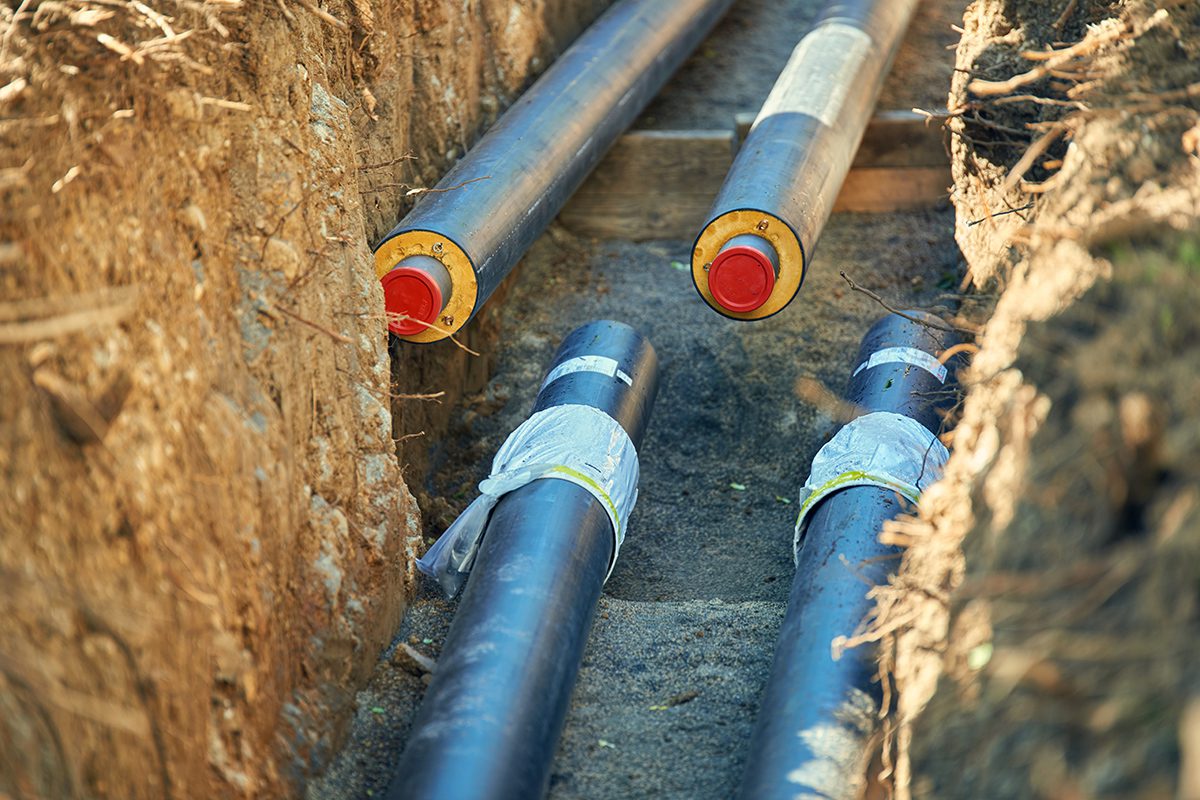
Waste heat from towns and cities is a huge untapped energy source in Europe. An EU LIFE-funded project called Life4HeatRecovery is seeking to use it to heat homes and supply hot water.
The average mid-sized supermarket in Europe produces enough waste heat from its refrigeration and air conditioning units in one year to be able to provide the thermal energy needs of 200 homes over the same period. It’s not just supermarkets producing this kind of waste – there are data centres, factories, hospitals, offices and many other buildings and institutions in towns and cities all over Europe producing this energy as a by-product of their activities, all too often just wasted into the atmosphere.
Life4HeatRecovery is an EU LIFE program funded project looking to use wasted energy recovered from different sources and apply it to district heating systems. To do this efficiently, the project is developing complete, pre-fabricated “skids” which collect the waste energy using heat pumps.
Roberto Fedrizzi, of EURAC Research, who coordinates the Life4HeatRecovery project explains how this works: “The heat pumps are used in two ways. The low-temperature waste heat can be warmed to a level that is useful for district heating. This is done by connecting a heat pump to this waste source which increases the temperature of the available heat from around 10-30ºC to 70-80ºC. This is then connected to the district heating system and the heat is made available for traditional district heating networks.
“The other possibility, however, is for a new generation of district heating networks. These directly distribute the waste heat through the network: this heats the water in the network to around 10-20ºC and this low-temperature water is distributed to the door of the buildings on the network. Of course, this low temperature water is not a useful supply of domestic hot water or heating, but it can be warmed up to a useful heat at the individual buildings using heat pumps. The value here is that the low-temperature water does not suffer heat losses along the network pipelines.
There is an abundance of waste heat that can be used in this way, while recovering it from these sources using heat pumps is also a relatively cheap process. “We are studying different business cases for our technology,” explains Fedrizzi, who acknowledges that though this is a complicated, early market place, there are several reasons to be optimistic about future success.
At the moment, the project is working at four demo sites: a foundry in Italy, a hospital and a detergents factory in the Netherlands, and a solution in Germany where waste heat is being recovered from sewers from warm water that leaves people’s bathrooms.
Fedrizzi is confident that this work will deliver exciting results. As well as the energy savings to be made and the associated reduction in emissions and the use of fossil fuels, this type of waste recovery will also generate significant employment opportunities in the towns and cities where it is deployed. “By using real-life examples of waste heat recovery in action, companies will be making decisions at the local level that impact on their local area directly – reducing CO2, creating jobs, reducing heat islands and providing heat and hot water to homes.”







